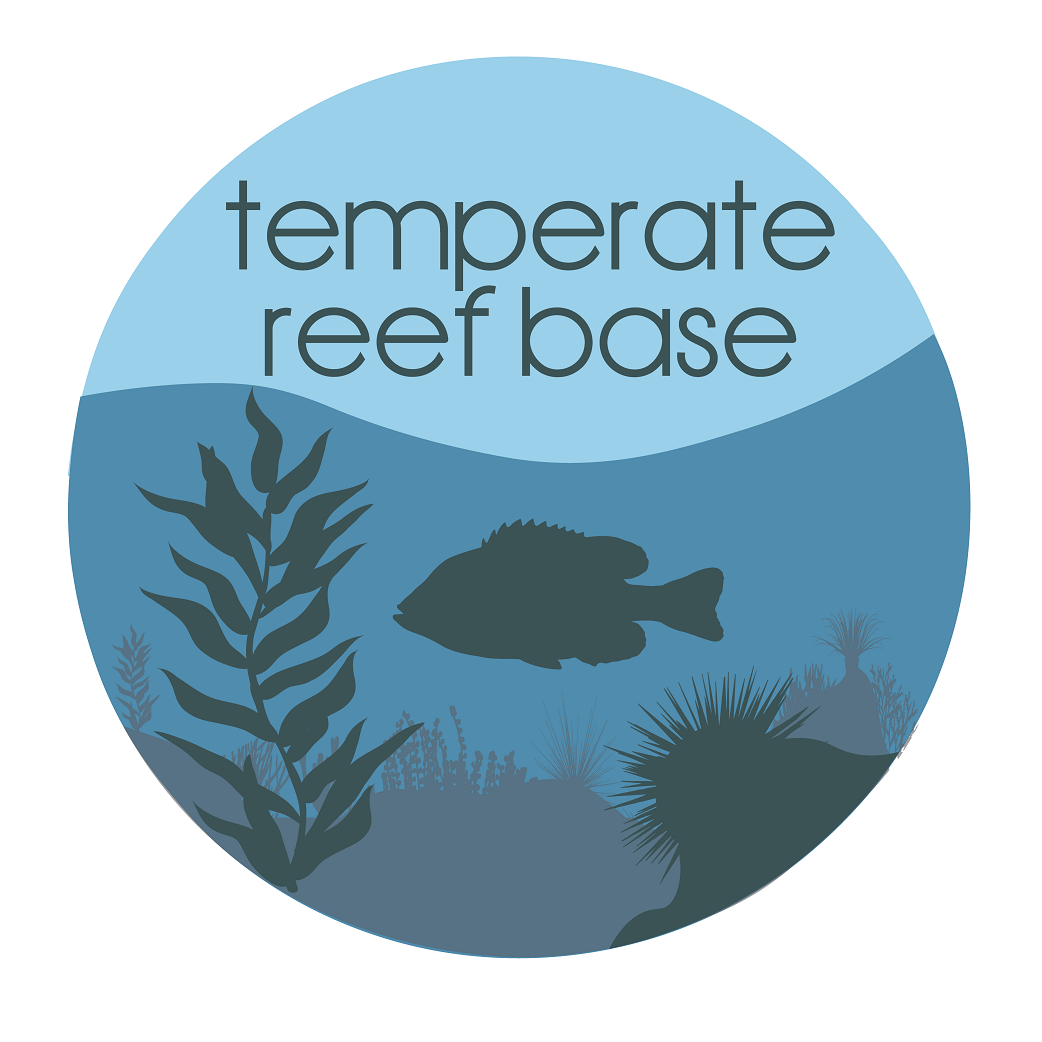REEF HABITAT
Type of resources
Topics
Keywords
Contact for the resource
Provided by
Years
-
The spatial extent of C. rodgersii "barrens" was estimated by surveying rocky reef habitat with a towed underwater video system. Sampling took place at 13 regions along the east coast of Tasmania, each comprising 3 subsites, this dataset refers to the Fortescue Bay region, and its 3 subsites: Lanterns, Munroe Bight and Thumbs.
-
The spatial extent of C. rodgersii "barrens" was estimated by surveying rocky reef habitat with a towed underwater video system. Sampling took place at 13 regions along the east coast of Tasmania, each comprising 3 subsites, this dataset refers to the Eddystone Point region, and its 3 subsites: Georges Bay, Lighthouse Point and Purdon.
-
The spatial extent of C. rodgersii "barrens" was estimated by surveying rocky reef habitat with a towed underwater video system. Sampling took place at 13 regions along the east coast of Tasmania, each comprising 3 subsites, this dataset refers to the Bicheno region, and its 3 subsites: Denison, Governor Island and Lodi.
-
The spatial extent of C. rodgersii "barrens" was estimated by surveying rocky reef habitat with a towed underwater video system. Sampling took place at 13 regions along the east coast of Tasmania, each comprising 3 subsites, this dataset refers to the North Bruny Island region, and its 3 subsites: Patrick's Bight, Trumpeter Point and Yellow Bluff.
-
The spatial extent of C. rodgersii "barrens" was estimated by surveying rocky reef habitat with a towed underwater video system. Sampling took place at 13 regions along the east coast of Tasmania, each comprising 3 subsites. Substrate and habitat type were recorded using video analysis, with 4 categories of urchin barren habitat recognised (see below for definitions).
-
The spatial extent of C. rodgersii "barrens" was estimated by surveying rocky reef habitat with a towed underwater video system. Sampling took place at 13 regions along the east coast of Tasmania, each comprising 3 subsites, this dataset refers to the St Helens region, and its 3 subsites: Binalong Bay, St Helens Island and St Helens Point
-
The spatial extent of C. rodgersii "barrens" was estimated by surveying rocky reef habitat with a towed underwater video system. Sampling took place at 13 regions along the east coast of Tasmania, each comprising 3 subsites, this dataset refers to the Schouten Island, and its 3 subsites: Baudin, Sarah and Sonerat.
-
The spatial extent of C. rodgersii "barrens" was estimated by surveying rocky reef habitat with a towed underwater video system. Sampling took place at 13 regions along the east coast of Tasmania, each comprising 3 subsites, this dataset refers to the Recherche region, and its 3 subsites: Eliza Point, Fisher Point and Actaeons.
-
Sixty animals were collected from each of Bass Pt, New South Wales (lat 34°35' S, long 150°54' E; August 2000); south side of East Cove, Deal Is, Bass St. (lat 39°28.4' S, long 147°18.4' E; June 2000) and Fortescue Bay, Tasmania (lat 43°8.5' S, long 148°0.0' E; October 2000 and April 2001). To examine the genetic relationship between the three site populations of Centrostephanus rodgersii, allelic diversity and heterozygosity among the three sites was compared using BIOSYS.
-
The data is the quantitative abundance of megafaunal invertebrates derived from underwater visual census methods involving transect counts at rocky reef sites around Tasmania. This data forms part of a larger dataset that also surveyed fish abundance and algal cover for the area. The aggregated dataset allows examination of changes in Tasmanian shallow reef floral and faunal communities over a decadal scale - initial surveys were conducted in 1992-1995, and again at the same sites in 2006-2007. There are plans for ongoing surveys. An additional component was added in the latter study - a boat ramp study looking at the proximity of boat ramps and their effects of fishing. We analysed underwater visual census data on fishes and macroinvertebrates (abalone and rock lobsters) at 133 shallow rocky reef sites around Tasmania that ranged from 0.6 - 131 km from the nearest boat ramp. These sites were not all the same as those used for the comparison of 1994 and 2006 reef communities. The subset of 133 sites examined in this component consisted of only those sites that were characterized by the two major algal (kelp) types (laminarian or fucoid dominated). Sites with atypical algal assemblages were omitted from the 196 sites surveyed in 2006. This study aimed to examine reef community data for changes at the community level, changes in species richness and introduced species populations, and changes that may have resulted from ocean warming and fishing. The methods are described in detail in Edgar and Barrett (1997). Primarily the data are derived from transects at 5 m depth and/or 10 m depth at each site surveyed. The underwater visual census (UVC) methodology used to survey rocky reef communities was designed to maximise detection of (i) changes in population numbers and size-structure (ii) cascading ecosystem effects associated with disturbances such as fishing, (iii) long term change and variability in reef assemblages.
 TemperateReefBase Geonetwork Catalogue
TemperateReefBase Geonetwork Catalogue